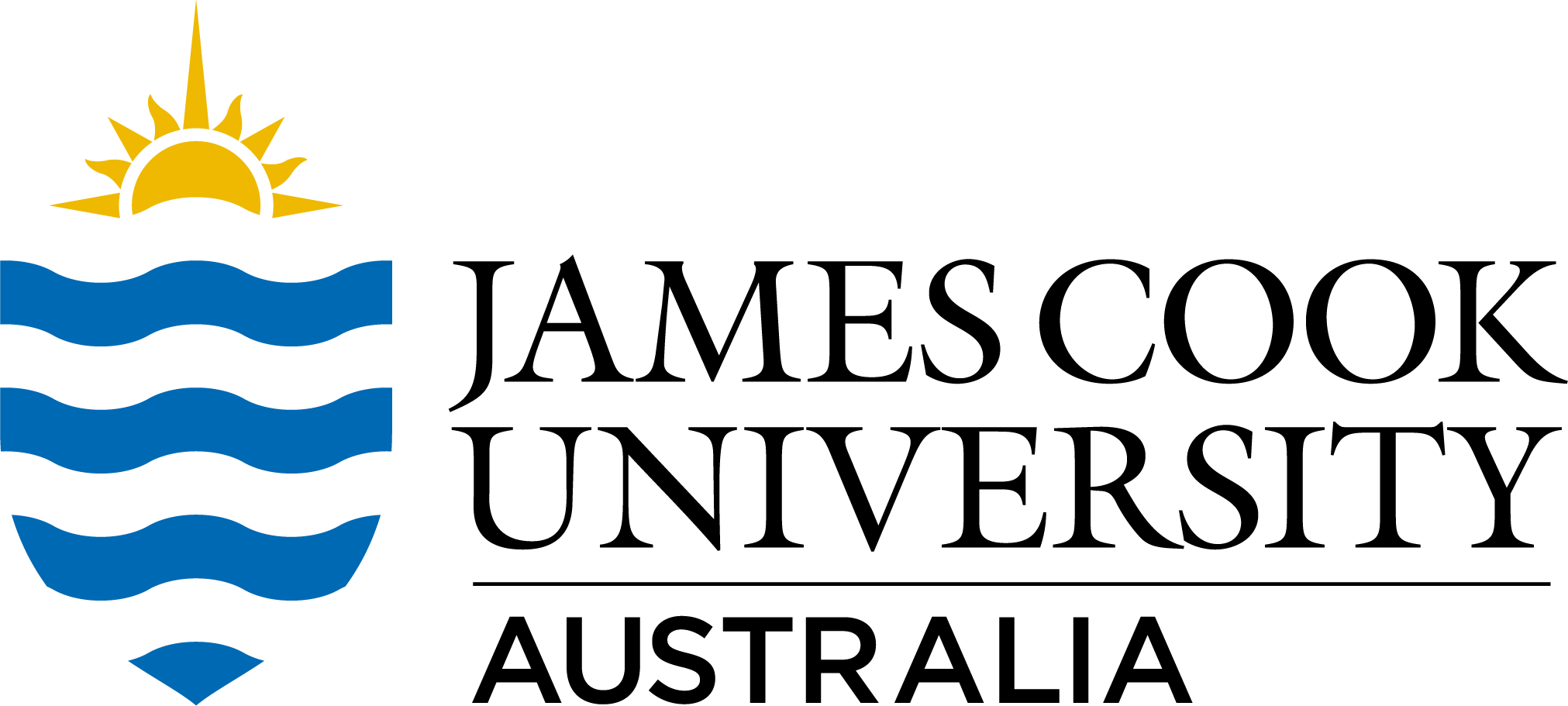Full description
Background:Ashmore and Boot Reefs in the far north of the Coral Sea Marine Park (CSMP) have been identified through recent research as ‘bright spots’ within the CSMP, supporting higher cover and diversity of corals, and greater fish diversity and biomass than other CSMP reefs, and are considered the ‘jewel’ among Torres Strait reefs. Together with their potential ecological importance, Ashmore and Boot Reefs have cultural connections to the Meriam people. Despite the cultural and ecological significance of Ashmore and Boot Reefs our understanding of the habitats (both shallow and deep) within these reefs, the biodiversity they support, and the current status of culturally significant species is limited. The project also undertook detailed surveys of benthic and fish communities in both shallow and deep habitats using diver-based surveys, and video-based surveys (i.e., remotely operated vehicles – ROV: Blue Robotics – Blue ROV 2; and baited remote underwater video systems - BRUVS), respectively, across multiple sites in February-March 2023. These surveys were conducted to provide rigorous quantitative information on spatial patterns within and between reefs, and among depths in the (i) cover, richness and composition of major benthic taxa, namely hard corals, and algae; (ii) abundance, species richness, and biomass of reef fishes, and (iii) abundance and/or biomass of culturally important fish and macro- invertebrate species.
Methods:Data collection consisted of diver-based surveys of benthic, macro-invertebrate, and fish communities in shallow (<15m) reef habitats using belt transects, point-intercept transects, photoquadrats, and diver-operated stereo video (DOV). Underwater Remotely Operated Vehicle (ROV), were used for surveys of benthic, macro-invertebrate, and fish communities in deep (15-100m) reef and non-reef (i.e., lagoonal) habitats. Towed video surveys of benthic communities in deep (15-70m) areas within the Ashmore Reef lagoon were used to map key benthic habitats. Furthermore, submission of imagery and data to “ReefCloud”, managed by the Australian Institute of Marine Science (AIMS) was conducted to provide a permanent repository for the survey imagery and data and allow direct access for the Meriam people. R Studio Version 4.4.0 was used to analyse the data and produce graphs.
This data record contains:
- 2 x Excel (.xlsx) files relating to the BRUVs, one of fish counts and the benthic cover;
- 2 x Excel (.xlsx and .csv) files relating to the ROV surveys, one of fish counts and the benthic cover;
- 4 x Excel (.xlsx) files containing data from the diver-based surveys on the shallow-reef habitats, one relating to each of the following benthic cover, macro-invertebrate counts, fish counts and coral health and recruitment
MS Excel files also saved in Open Document Format (.ods)
Created: 2024-08-23
Data time period: 23 02 2023 to 07 03 2023
Spatial Coverage And Location
text: Coral Sea Marine Park
User Contributed Tags
Login to tag this record with meaningful keywords to make it easier to discover
- DOI : 10.25903/BTP5-6W93

- Local : researchdata.jcu.edu.au//published/d375e0c0583a11ef96b431d24f43d64e


